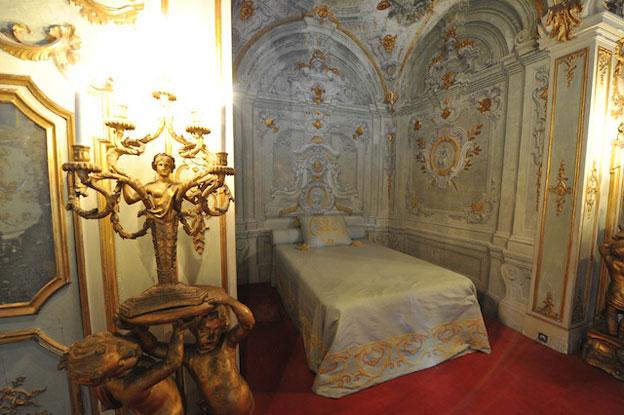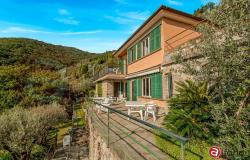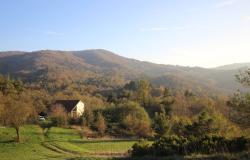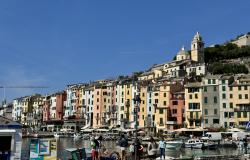Genoa is famous for its home-grown seafarers like Christopher Columbus, however, the merchant class that funded ventures to the New World and grew wealthy through trading were perhaps more important to the fortunes of the Ligurian city. Thanks to the riches accumulated through business dealings and finance, such wealthy Genovese created a well-off neighbourhood on what was then the periphery of the city. The result is an extraordinary work of urban planning unlike any other in Europe consisting of 42 palatial residences used by the city’s elite: the aristocracy, new governing class and diplomats. Most of the palaces have spectacular facades, internal courtyards with arches and columns, verdant gardens, imposing stairways and ornate frescoed rooms. The palaces gained UNESCO World Heritage Site status in 2006.
One street stands out among the rest: what was once known as Strada Nuova (New Street) and is now called Via Garibaldi. In just a few years, two rows of palaces were constructed on opposite sides of the street, facing each other. The palaces became the homes of some of the most important families in the city. Today, some of the historical residences remain private property, while others house offices and banks. Palazzo Rosso (Red Palace), Palazzo Bianco (White Palace) and Palazzo Tursi are on the western side of the street and belong to the city. They form the nucleus of the Musei di Strada Nuova (New Street Museums) museum network. The three palaces are different but can be seen in a single, sequential visit.
The 16th-century Palazzo Rodolfo and Francesco Maria Brignole, also known as the Palazzo Rosso, was the main city home of the Brignole-Sale family. Their heirs donated the palace to the city of Genoa under the condition that it ensure the building would maintain the appearance of a private residence. Its extravagant Baroque frescoes, stucco designs and rich furnishings provide an ideal environment for the art collection that includes paintings by Paolo Veronese, Guido Reni and Anthony van Dyck.
The 15th-century Palazzo Luca Grimaldi, or Palazzo Bianco, was also originally the property of the Brignole-Sale family. Today, it is a museum of paintings. It brings together the most important works from the city’s collection of Genovese, Italian, Spanish and Flemish paintings from the 16th to 18th centuries, including works by Caravaggio, Bartolomé Esteban Murillo and Peter Paul Rubens.
The Palazzo Niccolò Grimaldi, also known as Palazzo Tursi, first belonged to the Grimaldi family and then the Doria family, who were the Dukes of Tursi and for a period also to the House of Savoy. In the 19th century, the building became the City Hall. It houses collections of objets d’art, ceramics and coins. The star attraction is a famous violin dating to 1743 that was made by renowned Cremonese violinmaker Guarneri del Gesù and later owned by celebrated violin virtuoso Niccolò Paganini.
The museums are open Tuesday to Friday from 9am to 7pm, and Saturday to Sunday from 10am to 7pm.
Where: Palazzo Rosso, 18 Via Garibaldi, 16124 Genoa; Palazzo Bianco, 11 Via Garibaldi, 16124 Genoa; Palazzo Tursi, 9 Via Garibaldi, 16124 Genoa.
Website: http://www.museidigenova.it/





